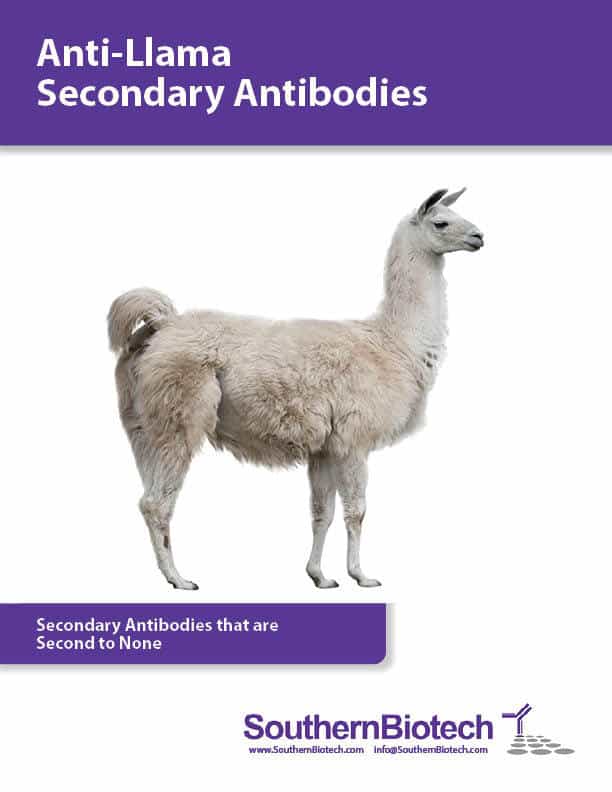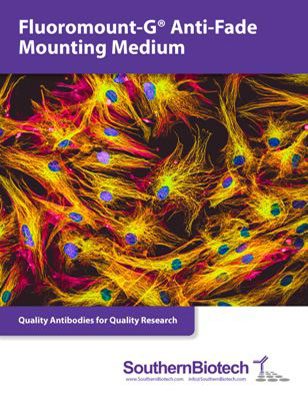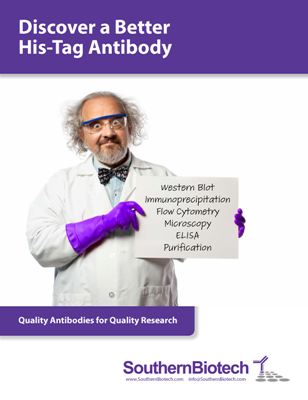How to Choose a Secondary Antibody
Selecting a secondary antibody that will deliver good performance requires consideration of a number of factors, including features of your primary antibody, the sample, the application, and the detection technology.
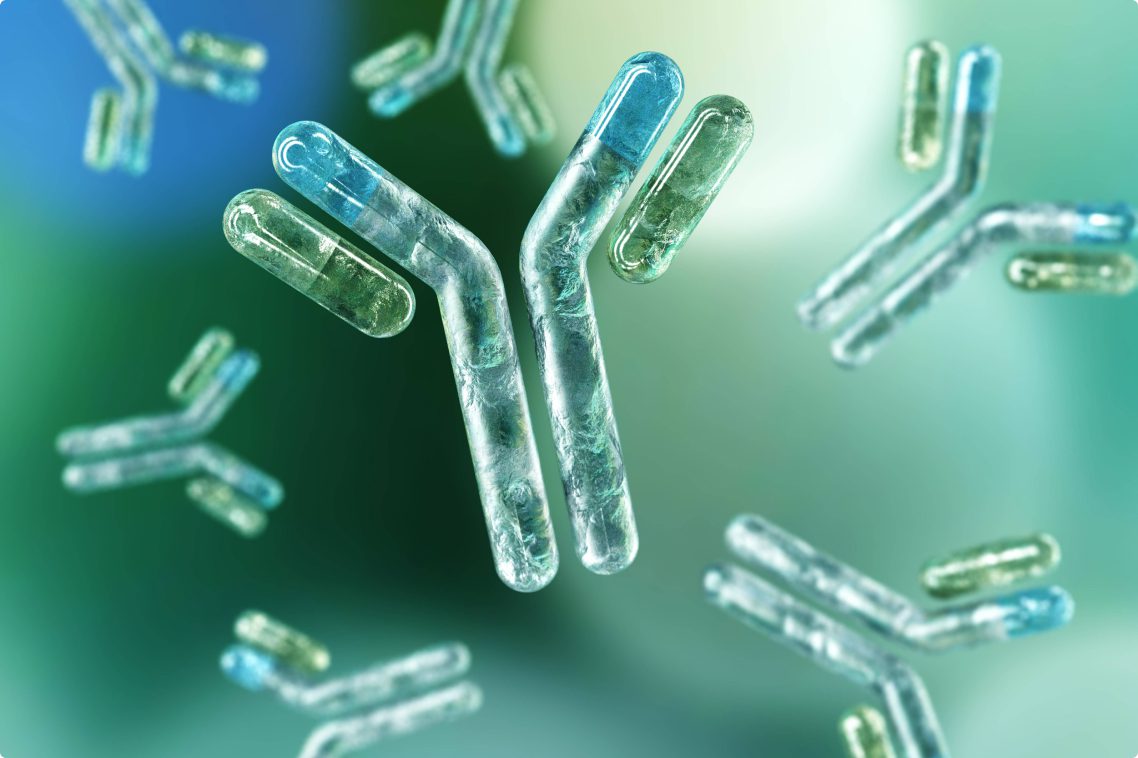
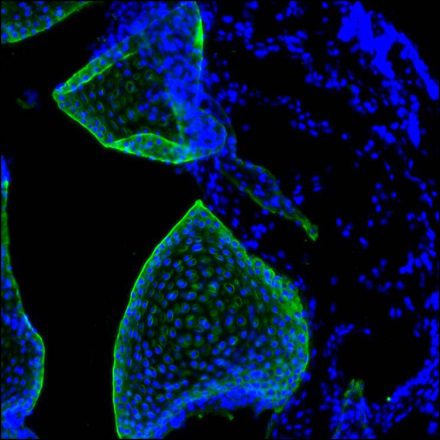
Why selecting a secondary antibody should be a primary consideration
A well-chosen, well-made secondary antibody can make a big difference in the quality of your data, supporting the performance of your primary antibody by binding to the primary with high sensitivity and specificity. While your secondary antibody will not compensate for a poorly performing primary, a good primary-secondary antibody pairing should deliver high signal, low background, and clear insight into your scientific question. In this article we discuss how to choose a secondary antibody, covering the different factors you should consider during the selection process.
Your secondary antibody should be directed at the host species of your primary antibody
Because the secondary antibody should bind to the constant region of your primary antibody and the sequence of the constant region varies by species, you will need to choose a secondary antibody that is directed against the host species of your primary antibody. For example, if your primary antibody is raised in a mouse, you will need an anti-mouse secondary antibody.
For most studies, your secondary antibody can be raised in any species other than the one your primary antibody was raised in. With the above example, you could use a rabbit anti-mouse secondary or a goat anti-mouse secondary, and so on.
Shop Secondary Antibodies
SouthernBiotech offers secondary antibodies raised in a wide range of species to support your research success. If you do not see the secondary antibody you need, our custom service team can make both monoclonal and polyclonal secondaries for you, conjugated to the detection molecule your assay needs.
Your secondary antibody should be directed against the isotype of your primary antibody
Because the secondary antibody should bind to the constant region of your primary antibody and the sequence of the constant region depends on the isotype of the primary antibody, you will need to choose a secondary antibody that is directed against the isotype of your primary antibody.
For example, if your primary antibody is a mouse IgM, you will need a secondary antibody that is specific to mouse IgM, i.e., anti-mouse IgM. Alternatively, if the isotype of your primary polyclonal antibody is a rabbit IgG, you will need a secondary antibody that is specific to rabbit IgG (anti-rabbit IgG). An anti-rabbit IgG(H+L) which reacts with the heavy and light chains of IgG as well as the light chains of other immunoglobulins is typically used.
Immunoglobulin isotypes (classes) and subclasses
- Immunoglobulin Classes - IgG, IgM, IgA, IgD, IgE
- Mouse Immunoglobulin Subclasses - IgG1, IgG2a/IgG2c, IgG2b, IgG3
- Human Immunoglobulin Subclasses - IgG1, IgG2, IgG3, IgG4, IgA1, IgA2
- Rat Immunoglobulin Subclasses - IgG1, IgG2a, IgG2b, IgG2c
- Hamster Immunoglobulin Subclasses - IgG1, IgG2, IgG3
- Light Chains - Kappa, Lambda
- Heavy Chains - IgG (gamma/γ), IgM (mu/μ), IgA (alpha/α), IgD (delta/δ), IgE (epsilon/ε)
Your secondary antibody should be cross-adsorbed (also called pre-adsorbed) against the species of your samples
To minimize any non-specific, background binding and cross-reactivity from your secondary antibody, we recommend choosing a secondary that has been cross-adsorbed / pre-adsorbed against the species that your samples originate from.
For example, if your samples are human tissues, select a secondary antibody that has been cross-adsorbed against human immunoglobulins (Ig) or serum proteins (SP). This will help ensure that your secondary antibody exhibits minimal cross-reactivity to the human tissue.
You may want to consider using a secondary that is an antibody fragment (F(ab')2 or Fab) in certain situations
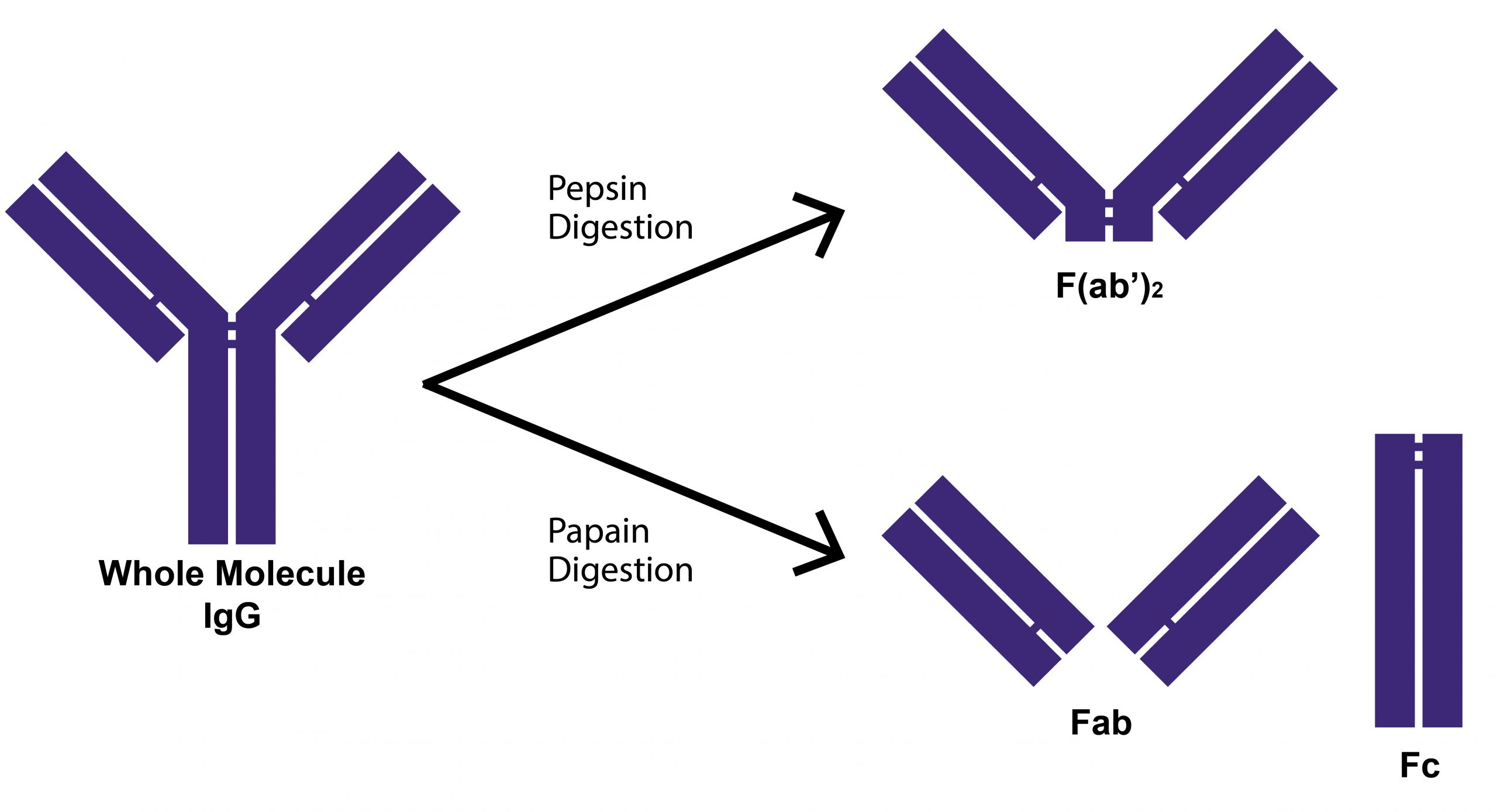
In addition to whole molecule secondary antibodies, SouthernBiotech also produces secondary antibodies that are only F(ab')2 or Fab fragments. Secondaries that are antibody fragments are useful for specific situations, including:
- Immunohistochemistry or similar assays where the secondary antibody needs to penetrate into tissue. Because of their smaller size, F(ab')2 and Fab secondaries can move deeper into tissue than whole molecule antibodies.
- Samples that contain Fc receptors. Because F(ab')2 and Fab secondaries lack the Fc region, their use can lead to reduced non-specific binding and background in samples that contain Fc receptors.
Choose a conjugate that is compatible with your assay and detection technology
There are many different ways to detect a secondary antibody, with the choice of conjugate dictated by your detection technology. For western blotting and ELISA applications, enzyme-conjugated secondary antibodies such as horseradish peroxidase (HRP) and alkaline phosphatase (AP) are typically utilized, and both can be detected using colorimetric and chemiluminescent platforms. There are also plate readers and imagers that can detect secondaries that are conjugated to a fluorochrome (e.g., Alexa Fluor®, FITC, TRITC, APC, PE).
For flow cytometry or immunofluorescence applications, a secondary antibody conjugated to a fluorochrome is required.
Understanding our secondary antibody naming system
At SouthernBiotech, our secondary antibodies are named in a way that provides you with the critical information you need to know when choosing a secondary antibody.
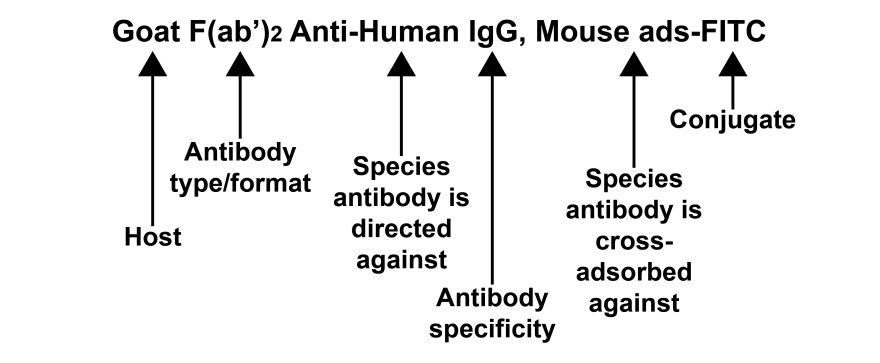
Need additional help?
If you still have questions on how to choose a secondary antibody, you can reach out to our experienced customer support team-contact us.
Shop Secondary Antibodies
With a wide range of ready-to-ship secondary antibodies that are second to none, SouthernBiotech will keep your assays running and projects on schedule.


